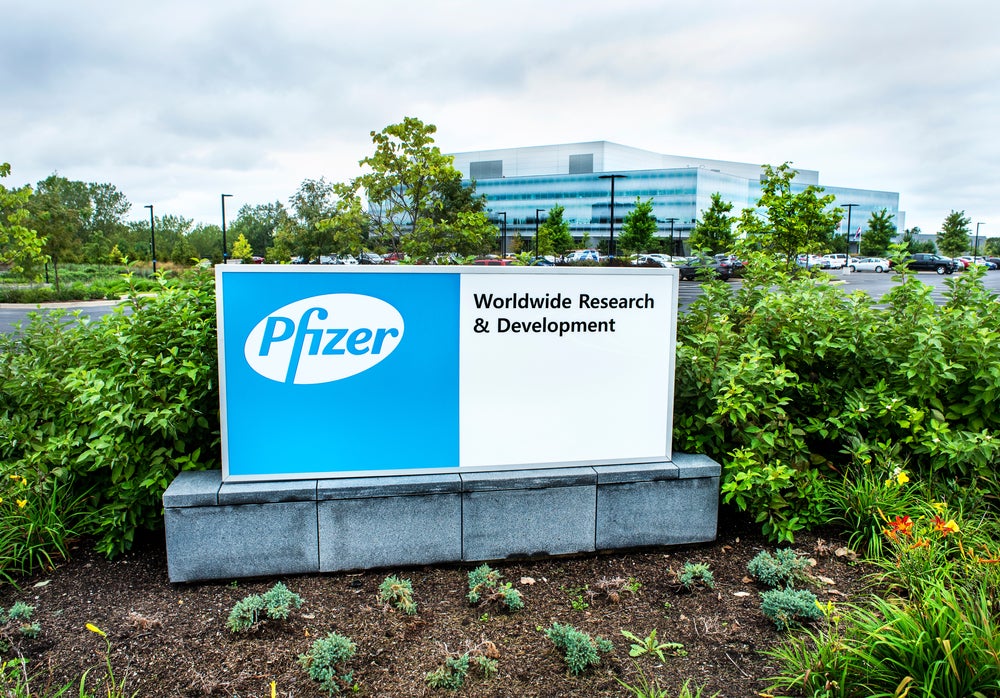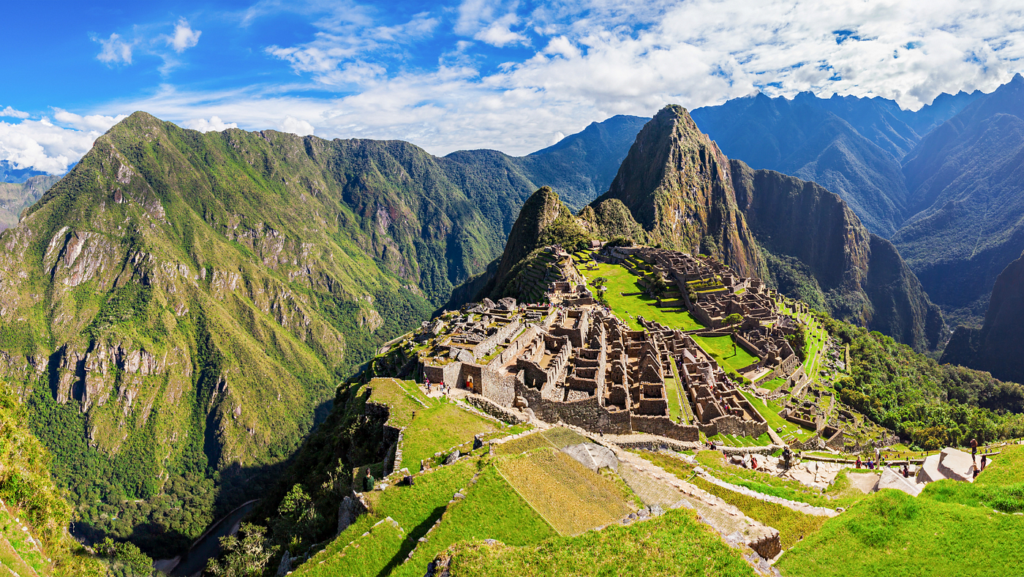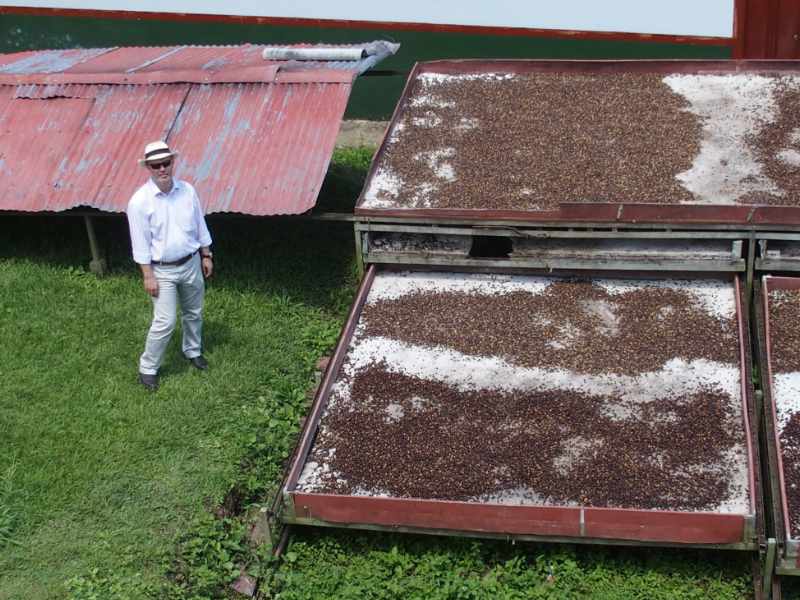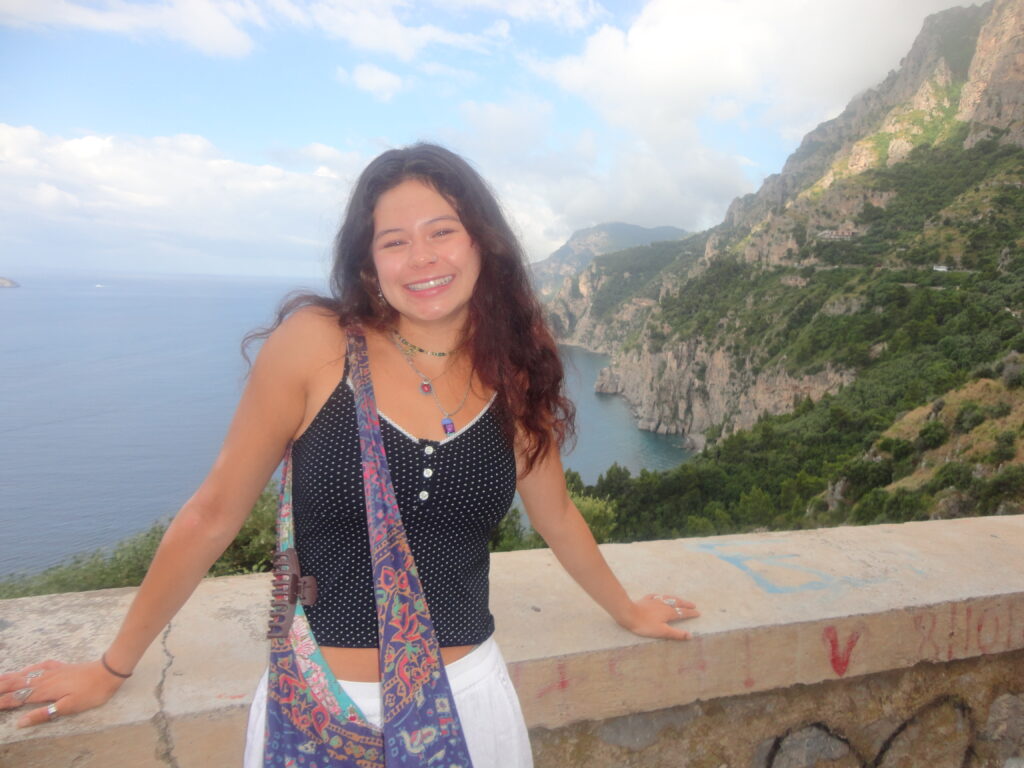
Pfizer Global Operations
Pfizer is a company that applies sciences and technologies from around the world in order to improve healthcare and lives. They are one of the leading companies in manufacturing and supply with over 50 billion doses of vaccines and medicines provided to patients across more than 181 countries each year. Pfizer supplies from 35 different facilities in six continents. One of these facilities was established in Costa Rica in 1950 and the relationship has evolved ever since. As of 2008, the headquarters in Costa Rica is the Corporate Center for Central America, serving 33 territories and employing over 800 Costa Ricans. The facility continues to expand to this day.
Manufacturing Impacts
Economically speaking, Pfizer has had many positive impacts on the local community. In August 2022, Pfizer expanded in Costa Rica by opening another facility in Escazú Village. The facility can house up to 700 new employees. The relationship between Costa Rica and Pfizer has led to the country becoming a leader in the life sciences sector. This relationship benefits both parties with Costa Rica expanding the workforce, promoting productivity, and strengthening the country as a whole while Pfizer benefits from expanding their industry. During the pandemic, the President of Costa Rica, Carlos Alvarado, acknowledged Pfizers role in helping supply for the country and providing vaccinations for the people.
Pfizer claims to be environmentally aware with commitments to sustainability. The company plans to become certified for universal access and carbon neutrality. I was having trouble finding sources that discuss direct environmental effects, however I am skeptical to believe that Pfizer is fully committed to becoming more sustainable; it seems that these claims are more so for show to appeal to the consumer (although I have no evidence to make these claims). Being a biopharmaceutical company, Pfizer contributes to green house gas emissions and pollution. Especially as a result of the pandemic, biomedical waste increased significantly with various chemical pollutants damaging the environment. Regardless, it does seem that Pfizer is making steps in the right direction to become more environmentally sustainable.

Discussion
I would argue that Pfizers presence in Costa Rica resembles neo-colonialism. It seems that a more developed corporation is taking advantage of a less developed country and indirectly imposing itself on Costa Ricans and using the people for work . Pfizer is a company that seeks to expand its markets throughout the world and by establishing themselves in Costa Rica, they have weaved their way into the economy and taken control of certain aspects of it. By placing themselves in Costa Rica, Pfizer has gained control of many of the medicinal advancements of the country as well as a portion of the workforce. If Pfizer were to leave Costa Rica, the company itself would not experience much loss relative to the income of the company as a whole, however it would do damage to the local economy and leave many unemployed. Pfizers beneficial relationships with Costa Ricans does not change the fact that Pfizer is a TNC that prioritizes economic growth.
https://www.google.com/url?sa=i&url=https%3A%2F%2Fwww.pharmaceutical-technology.com%2Fcompany-news%2Fpfizer-latin-american-vaccine%2F&psig=AOvVaw1j5AuQrzjvvaoPCX0EogXM&ust=1694885795512000&source=images&cd=vfe&opi=89978449&ved=0CA8QjRxqFwoTCOjM-d-TrYEDFQAAAAAdAAAAABAE
https://i0.wp.com/qcostarica.com/wp-content/uploads/2020/12/vaccination.jpg?fit=940%2C492&ssl=1










